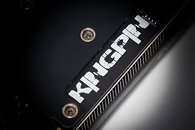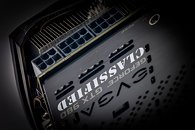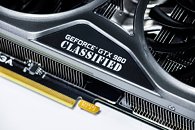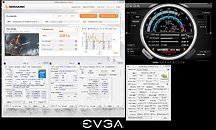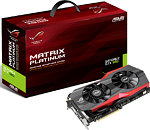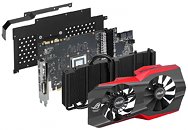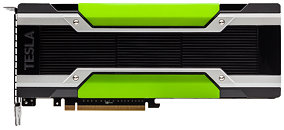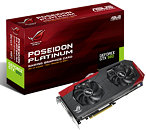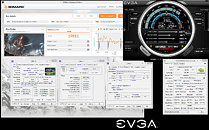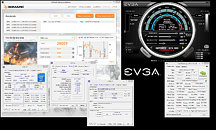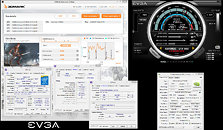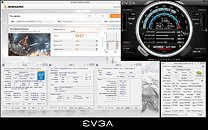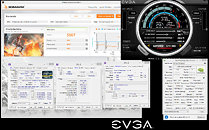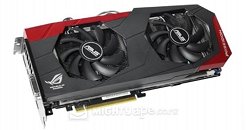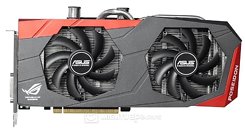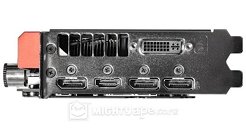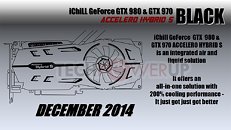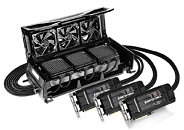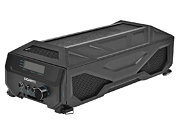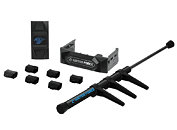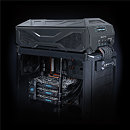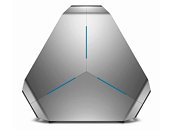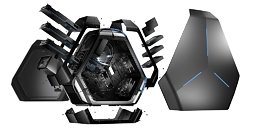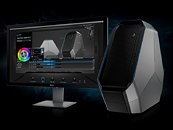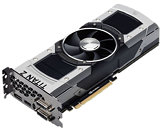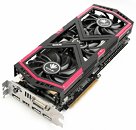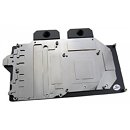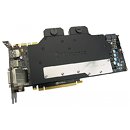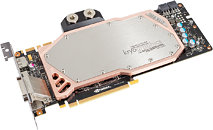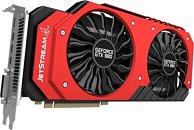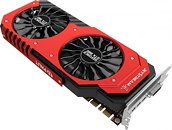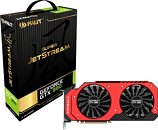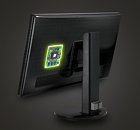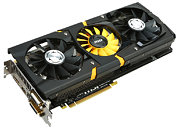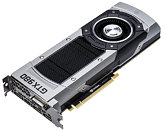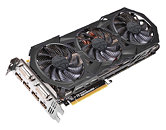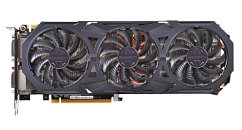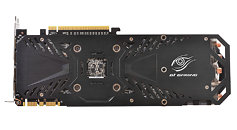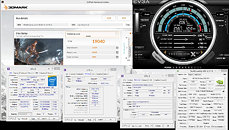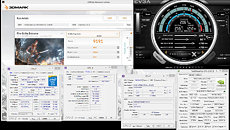
EVGA Teases GeForce GTX 980 Classified K|ngp|n Edition
EVGA teased its upcoming flagship graphics card, the GeForce GTX 980 Classified K|ngp|n Edition. Designed by the famed overclocker associated with the company, this card combines the best overclocking GTX 980 chips, with the fastest GDDR5 memory, and the strongest VRM in the industry, letting you chase overclocking and performance benchmark records. It retains the translucent cooler shroud theme from its predecessor based on the GTX 780 Ti, although the cooler appears to be a beefier ACX 2.0.
The card draws power from a combination of two 8-pin, and one 6-pin PCIe power connectors, giving you an idea of just how much juice the card can take in, to keep your overclock stable. The card is prepped for liquid cooling, and has electricals to negate cold-bugs, and an active electrical trace that keeps the PCB heated, to prevent frosting. EVGA also gave us a glimpse of the card's abilities with a jaw-dropping 3DMark FireStrike score of 20,816 pts. There's no idea on when the company plans to launch this card, or if it even will, especially given that NVIDIA's next-generation GTX TITAN is just around the corner. Maybe EVGA is betting on NVIDIA keeping that card vanilla (preventing AICs from coming up with custom-design cards).
The card draws power from a combination of two 8-pin, and one 6-pin PCIe power connectors, giving you an idea of just how much juice the card can take in, to keep your overclock stable. The card is prepped for liquid cooling, and has electricals to negate cold-bugs, and an active electrical trace that keeps the PCB heated, to prevent frosting. EVGA also gave us a glimpse of the card's abilities with a jaw-dropping 3DMark FireStrike score of 20,816 pts. There's no idea on when the company plans to launch this card, or if it even will, especially given that NVIDIA's next-generation GTX TITAN is just around the corner. Maybe EVGA is betting on NVIDIA keeping that card vanilla (preventing AICs from coming up with custom-design cards).

